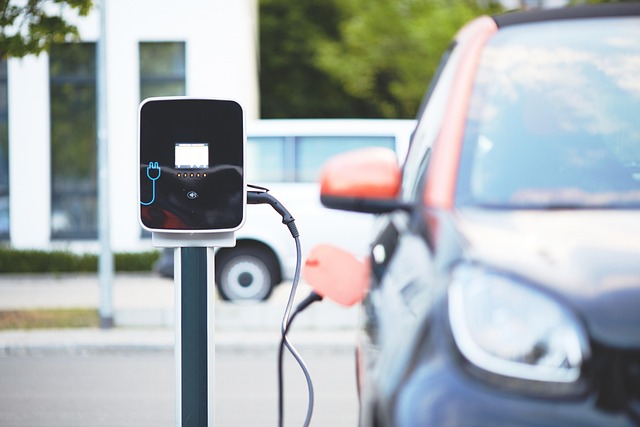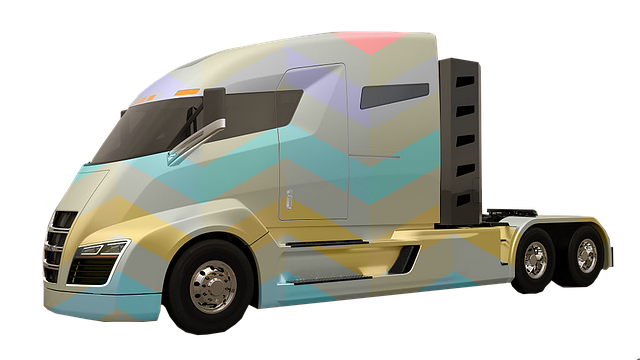Registering your car in California is a straightforward process, but understanding the requirements and gathering the right documents is crucial. This guide will walk you through the steps, from confirming your vehicle’s identity using a DMV-standard VIN verifier to paying registration fees and receiving your custom plates. By following these simple steps, you’ll be cruising down the California highways in no time.
- Understand Requirements for Car Registration in California
- Gather Necessary Documents for Vehicle Registration
- Visit Your Local DMV: Steps to Register a Car
- Verify Vehicle Identity Using VIN (DMV Standards)
- Pay Registration Fees and Receive Your Plate
Understand Requirements for Car Registration in California

Before registering your car in California, it’s crucial to understand the requirements set forth by the Department of Motor Vehicles (DMV). The process involves several steps and documents, ensuring that all vehicles on California roads meet safety and environmental standards. One critical component is the verification of the vehicle identification number (VIN) using a reliable method, often facilitated by a DMV VIN verifier.
This verifier plays a vital role in the registration process, as it checks the VIN’s accuracy and ensures the car isn’t reported as stolen or has outstanding issues. In many cases, a mobile VIN verification or inspection is offered, allowing for added convenience. This service enables drivers to validate their vehicle’s history and documentation before finalizing the registration at the DMV, streamlining an already essential procedure.
Gather Necessary Documents for Vehicle Registration

Before you can register your car in California, you’ll need to gather several key documents. This process is designed to ensure that all vehicle information is accurate and up-to-date, which is crucial for road safety and legal compliance. Start by obtaining your Vehicle Identification Number (VIN) from the vehicle’s registration or title document. You can also use a DMV VIN verifier or even conduct a mobile vin verification to quickly and accurately get this detail.
Next, prepare essential papers like your driver’s license, proof of insurance, and perhaps even previous registration records. If you’ve recently purchased the car from a dealer, they should provide a Certificate of Sale or a similar document that outlines the transaction details. For a smooth registration process, ensure all documents are original and meet the California Department of Motor Vehicles (DMV) requirements before visiting your local DMV office or using their online services for a mobile vin inspection.
Visit Your Local DMV: Steps to Register a Car

Visiting your local DMV is a crucial step in registering your car in California. Bring all required documents, including proof of ownership, vehicle registration from the previous state (if applicable), and identification. The process usually involves filling out necessary forms and submitting them along with the required fees.
One important tool that aids in this process is the DMV’s Vehicle Identification Number (VIN) verifier. This service enables you to validate your car’s VIN online or through a mobile vin verification app, ensuring accuracy and saving time. A vin inspection ensures that all details about your vehicle are correct before final registration. Alternatively, many California DMV locations offer mobile vin inspection services, making it more convenient for you to complete the registration process.
Verify Vehicle Identity Using VIN (DMV Standards)

To ensure a smooth registration process in California, it’s crucial to verify your vehicle’s identity using its unique Vehicle Identification Number (VIN). The DMV standards mandate this step to prevent fraud and ensure the accuracy of vehicle records. A reliable method for this verification is through a mobile vin verifier or mobile vin inspection. These tools allow you to cross-reference the VIN with official databases, confirming key details such as the manufacturer, model year, and specific features.
Using a mobile vin verifier, whether it’s an app or a specialized service, can streamline this process. By simply entering the VIN, you gain instant access to comprehensive vehicle history reports. This includes any previous owners, maintenance records, accident histories, and recall notifications. Such thoroughness not only aids in accurate registration but also empowers car buyers and sellers with valuable insights into their vehicles’ pasts.
Pay Registration Fees and Receive Your Plate

After submitting your application, the California Department of Motor Vehicles (DMV) will review your documents and perform a vehicle history report using the Vehicle Identification Number (VIN). This process includes a VIN inspection to ensure the car’s identity and history match the information provided. Once approved, you’ll be charged registration fees based on your vehicle’s type and age. These fees can be paid online or at a DMV office.
Upon successful payment, the DMV will issue your vehicle registration and license plate. For added convenience, many Californians opt for mobile VIN inspection services that allow them to complete the entire registration process from the comfort of their homes. These services use advanced technology to perform a thorough VIN inspection, ensuring accuracy and streamlining the registration experience.
Registering a car in California is a straightforward process once you understand the requirements and gather the necessary documents. By following these steps, which include verifying vehicle identity using a DMV-approved VIN verifier, paying registration fees, and receiving your license plate, you’ll have your vehicle legally registered in no time. Remember to visit your local DMV to complete the process efficiently.
